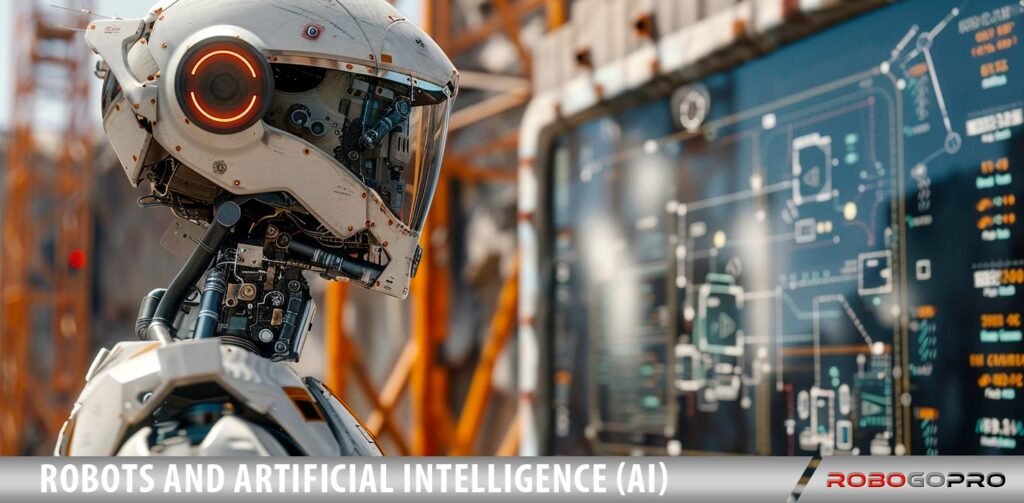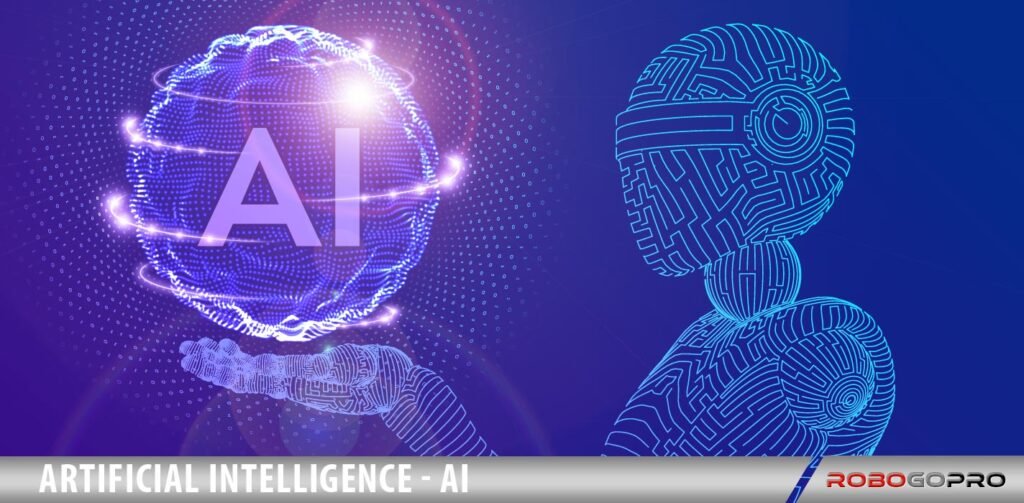-
Robots and artificial intelligence (AI) have become increasingly prevalent in our society, revolutionizing various industries and transforming how we live and work.
-
Table of Contents
- Robots and Artificial Intelligence: Revolutionizing the Future
- The Rise of Robots
- Benefits of Robots and AI
- Challenges and Concerns
- Real-World Applications
- Key Takeaways
- Conclusion
Robots and Artificial Intelligence
Revolutionizing the Future
The Rise of Robots
Robots and artificial intelligence (AI) have become increasingly prevalent in our society, revolutionizing various industries and transforming how we live and work. Robots are playing a significant role in shaping the future, from manufacturing and healthcare to transportation and entertainment. This article explores the impact of robots and AI, highlighting their benefits, challenges, and potential implications.
Benefits of Robots and AI
Robots and AI offer numerous advantages, increasing efficiency, productivity, and safety in various sectors. Some key benefits include:
- Increased productivity: Robots can perform repetitive tasks with precision and speed, enhancing productivity and reducing human error. For example, robots can assemble products faster and more accurately in manufacturing than humans.
- Improved safety: Robots can be deployed in hazardous environments, such as nuclear power plants or disaster zones, where human presence may be risky. They can also assist in dangerous tasks, reducing the risk of injuries or fatalities.
- Cost savings: While the initial investment in robots and AI systems can be significant, they can lead to long-term cost savings. Robots can work continuously without breaks, reducing labour costs and increasing efficiency.
- Enhanced precision: Robots with advanced sensors and AI algorithms can perform tasks exceptionally. This is particularly valuable in fields like surgery, where precision is crucial for successful outcomes.
Challenges and Concerns
Despite the numerous benefits, the rise of robots and AI presents challenges and concerns that must be addressed. Some of the key challenges include:
- Job displacement: Automating tasks previously performed by humans raises concerns about job displacement. While robots can take over repetitive and mundane tasks, it is essential to ensure that workers are reskilled and provided with new opportunities.
- Ethical considerations: As robots become more advanced, ethical questions arise. For instance, in the field of autonomous vehicles, decisions need to be made regarding the prioritization of human lives in potential accident scenarios.
- Data privacy and security: The increased use of AI involves collecting and analyzing vast amounts of data. Ensuring data privacy and security is crucial to prevent unauthorized access or misuse of sensitive information.
- Unintended consequences: The complexity of AI systems can lead to unintended consequences. For example, biased algorithms can perpetuate discrimination or reinforce existing societal inequalities.
Real-World Applications
The impact of robots and AI can be seen across various industries. Let’s explore some real-world applications:
1. Healthcare
Robots and AI are transforming patient care and medical procedures in the healthcare sector. For instance, robotic surgical systems, such as the da Vinci Surgical System, enable surgeons to perform minimally invasive procedures with enhanced precision. AI-powered diagnostic tools can analyze medical images and detect abnormalities more accurately, aiding in early disease detection.
2. Manufacturing
Robots and AI have revolutionized manufacturing. Industrial robots are widely used for tasks like assembly, welding, and packaging. These robots can work tirelessly, leading to increased production rates and improved product quality. Collaborative robots, or cobots, are also gaining popularity. They can work alongside humans, enhancing productivity and safety.
3. Transportation
The transportation industry is undergoing a significant transformation with the advent of autonomous vehicles. Companies like Tesla and Waymo are developing self-driving cars that have the potential to revolutionize transportation, making it safer and more efficient. Autonomous drones are also used for delivery services, reducing costs and improving delivery times.
Key Takeaways
As robots and AI continue to advance, it is crucial to consider the following key takeaways:
- Robots and AI offer numerous benefits, including increased productivity, improved safety, cost savings, and enhanced precision.
- Challenges and concerns associated with robots and AI include job displacement, ethical considerations, data privacy and security, and unintended consequences.
- Robots and AI have real-world applications in healthcare, manufacturing, transportation, and various other industries.
Conclusion
Robots and artificial intelligence are revolutionizing the future, transforming industries and reshaping how we live and work. While they bring numerous benefits, addressing the challenges and concerns associated with their rise is essential. By understanding the potential implications and responsibly leveraging the power of robots and AI, we can harness their full potential and create a better future for all.


